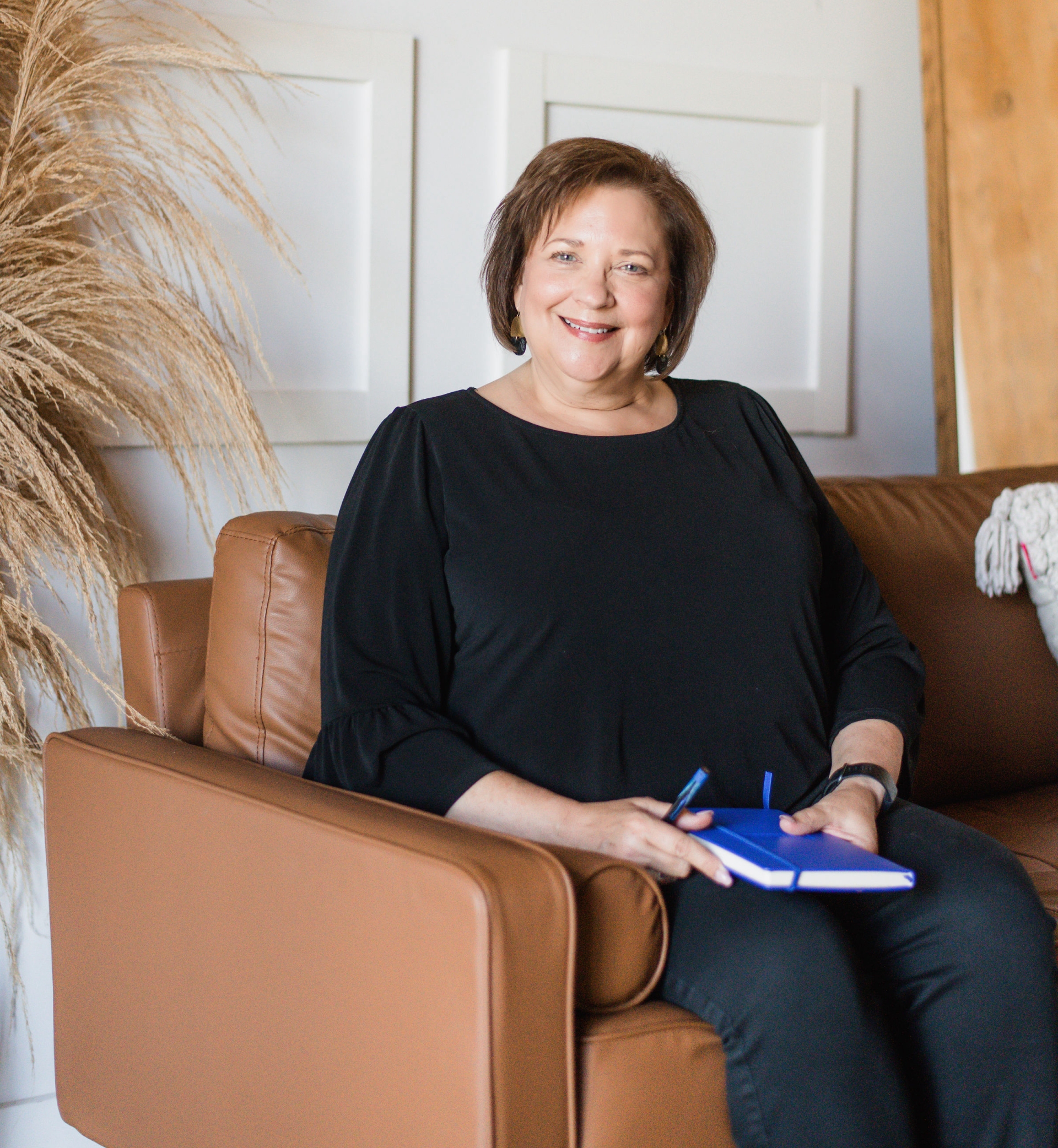No-Payment Mortgage Options: Are They Right for You?

When people hear “no-payment mortgage,” they often assume it’s too good to be true or that it comes with hidden risks. But in Canada, these options are designed to be conservative and sustainable, giving homeowners more financial flexibility without putting them in a bad financial position.
There are three main types of no-payment mortgage options:
- Reverse Mortgages – Available to homeowners 55+ with significant home equity.
- Alternative Lenders – Offer similar options regardless of age but require strong equity.
- Private Lenders – Short-term solutions for homeowners who need temporary relief.
Let’s break them down and see if one might be a good fit for you.
Reverse Mortgages: Not as Risky as You Think
Reverse mortgages tend to get a bad reputation, mostly because of how they were handled in the U.S. years ago. But in Canada, lenders are far more conservative. The biggest difference? Canadian reverse mortgages never allow you to owe more than your home is worth.
How Do They Work?
- You must be 55 or older to qualify.
- You can borrow a portion of your home’s value, usually up to 55%.
- The older you are, the more you can borrow—since the lender calculates how long you’re likely to stay in the home.
- You don’t make monthly payments—instead, the interest gets added to your loan balance over time.
- When you sell or move, the loan is repaid from your home’s value.
Why Can’t You Owe More Than Your Home’s Value?
Most lenders offer a
no-negative equity guarantee, meaning even if home prices drop, your estate will never owe more than your house is worth. But realistically, Canadian home values have remained
stable or increased over time, making it unlikely you’d ever reach that point.

Who Is a Reverse Mortgage Good For?
Reverse mortgages aren’t for everyone, but they can be a
great option if you:
✔️ Need extra cash for home renovations, medical expenses, or travel.
✔️ Want to supplement retirement income without selling your home.
✔️ Prefer to
stay in your home long-term rather than downsizing.
When Might It Not Be the Best Fit?
If you qualify for a traditional mortgage or a home equity line of credit (HELOC), those options may be more affordable than a reverse mortgage since they typically come with lower interest rates and fewer long-term costs.
Reverse mortgages are best suited for homeowners who can’t qualify for traditional financing—whether due to income, age, or credit restrictions. If you have strong income and credit, a HELOC or mortgage refinance could be a cheaper way to access your home equity.
That said, if you don’t qualify for traditional financing but still want to stay in your home without monthly payments, a reverse mortgage could be a good fit.
Alternative Lenders: No-Payment Options at Any Age
Not 55 yet? Some alternative lenders offer no-payment mortgages to homeowners with at least 55% equity in their property. These work similarly to reverse mortgages, but with some key differences:
- Age doesn’t matter—lenders care more about the property’s location and your ability to cover ongoing costs like property taxes.
- You need strong equity—usually at least 55% or more of your home’s value.
- The interest still adds up—just like a reverse mortgage, the loan balance grows over time.
These can be helpful if you need a financial break, want to invest in a business, or have a short-term gap in income.
[Insert premium image]
Private Lenders: A Short-Term No-Payment Option
Some private lenders offer no-payment options, too—but these are usually short-term solutions (6 months to 2 years). They’re best for homeowners who:
✔️ Are in the process of selling their home and need temporary financial relief.
✔️ Need quick cash for a project or emergency but expect to pay it off soon.
✔️ Have strong home equity but don’t qualify for traditional financing.
Because these loans are shorter-term,
interest rates are often higher than reverse mortgages or alternative lender options.

Is a No-Payment Mortgage Right for You?
No-payment mortgages aren’t a “one-size-fits-all” solution, but they can be a great tool for the right situation. Whether you need financial flexibility, extra cash flow, or a break from monthly payments, I can walk you through the options and lay them out side by side so you can make an informed decision.
If you’d like to explore your options, let’s chat! You can reach me at
403-968-2784 or
christine@flaremortgagegroup.com to see what might work best for your situation.





